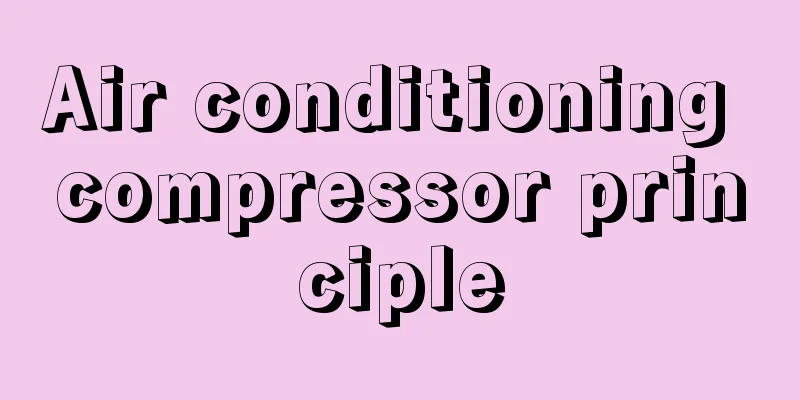Air conditioning compressor principle

|
Every summer we enjoy the coolness brought by air conditioning. We don’t have to fan ourselves vigorously with a large palm-leaf fan, nor do we have to listen to the whirring noise of the electric fan. We just need to cross our legs in the air-conditioned room and enjoy the feeling of standing still even when the sun is scorching outside. We can continue to work in a very comfortable environment. But do you know how the air conditioner converts the hot air in your home into cold air? Have you heard of the term compressor? Do you know what form it is presented in? Do you understand how it works? Even if you don’t know these, it doesn’t matter. Today I will answer these questions for you one by one. The air conditioning compressor compresses and drives the refrigerant in the air conditioning refrigerant circuit. The working circuit is divided into evaporation zone and condensation zone, and the indoor unit and outdoor unit belong to the high-pressure or low-pressure zone respectively. The compressor is usually installed outdoors. The compressor draws refrigerant from the low-pressure area, compresses it, and sends it to the high-pressure area for cooling and condensation. The heat is dissipated into the air through the heat sink, and the refrigerant also changes from gas to liquid, and the pressure increases. The refrigerant then flows from the high-pressure area to the low-pressure area and is sprayed into the evaporator through the capillary tube. The pressure drops suddenly, and the liquid refrigerant immediately turns into gas, absorbing a large amount of heat in the air through the heat sink. In this way, the machine keeps working, constantly absorbing the heat at one end of the low-pressure area into the refrigerant and then sending it to the high-pressure area to dissipate into the air, thereby playing a role in regulating the temperature. When the air conditioner is in cooling operation, the low-temperature and low-pressure refrigerant gas is sucked into the compressor and pressurized to become high-temperature and high-pressure refrigerant gas. The high-temperature and high-pressure refrigerant gas releases heat in the outdoor heat exchanger and becomes medium-temperature and high-pressure liquid. The medium-temperature and high-pressure liquid is throttled and reduced in pressure by the throttling component to become low-temperature and low-pressure liquid. The low-temperature and low-pressure liquid refrigerant absorbs heat and evaporates in the indoor heat exchanger to become low-temperature and low-pressure gas, and then enters the compressor for compression, repeating the cycle. I believe that after my explanation, you must now have a more comprehensive and profound understanding of air conditioning, and know the working principle and operation process of its compressor. This way, later in life, if there are still people who don’t know how an air conditioning compressor works, you can show them what you have learned. |
<<: Occult blood weakly positive
>>: The air conditioner smells bad
Recommend
How to treat liver cancer? A review of 5 professional liver cancer treatment methods
1. Surgical treatment There is no doubt that surg...
How to supplement Yang deficiency with food, the right medicine will have a good effect
People with yang deficiency often show symptoms o...
Methods to prevent gallbladder cancer metastasis
It is very difficult to treat gallbladder cancer ...
Is persimmon cold in nature?
Every autumn, many families buy some persimmons. ...
What diseases can be checked in the hematology department
Blood is very important to the human body, and bl...
How to deal with holiday syndrome
As a student, I have to complain that in this era...
The efficacy and function of buckwheat wine
Buckwheat is a crop that is relatively familiar t...
What are the common transmission routes of enteric fever
Enteric fever is actually what we call typhoid fe...
Common sense for losing weight in autumn and winter
Losing weight is something that many obese people...
How long can you live with small cell lung cancer
Small cell lung cancer is a form of cancer. More ...
What are the methods to clean the lungs from tobacco poison
For people who smoke for a long time, the lungs a...
How to treat breast cancer 2B
Breast cancer is a common malignant tumor in wome...
What to do if the preserved egg has too strong lime flavor
The production method of preserved eggs uses some...
Is laser hairline removal harmful?
Laser is a treatment method that can treat many d...
Shaobing and dough making skills
Shaobing is a delicious pasta-based food that is ...









